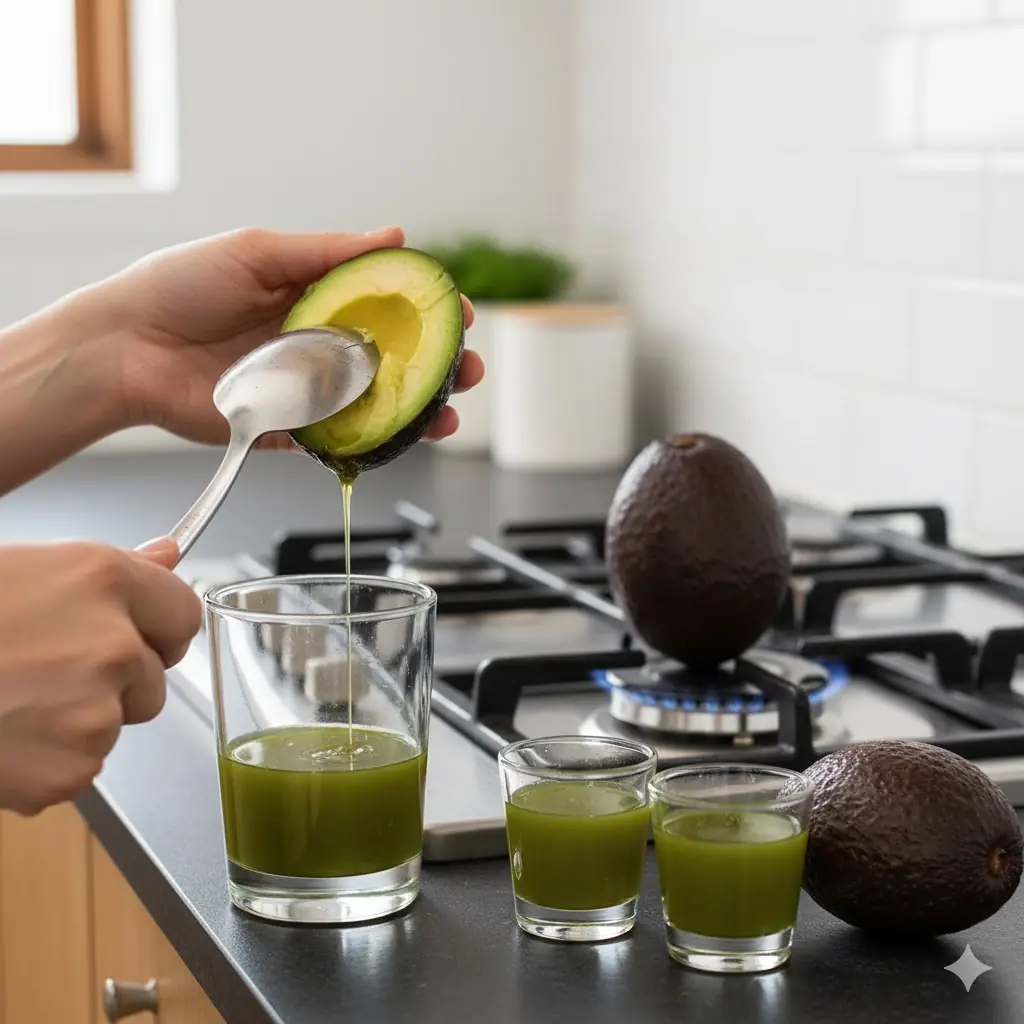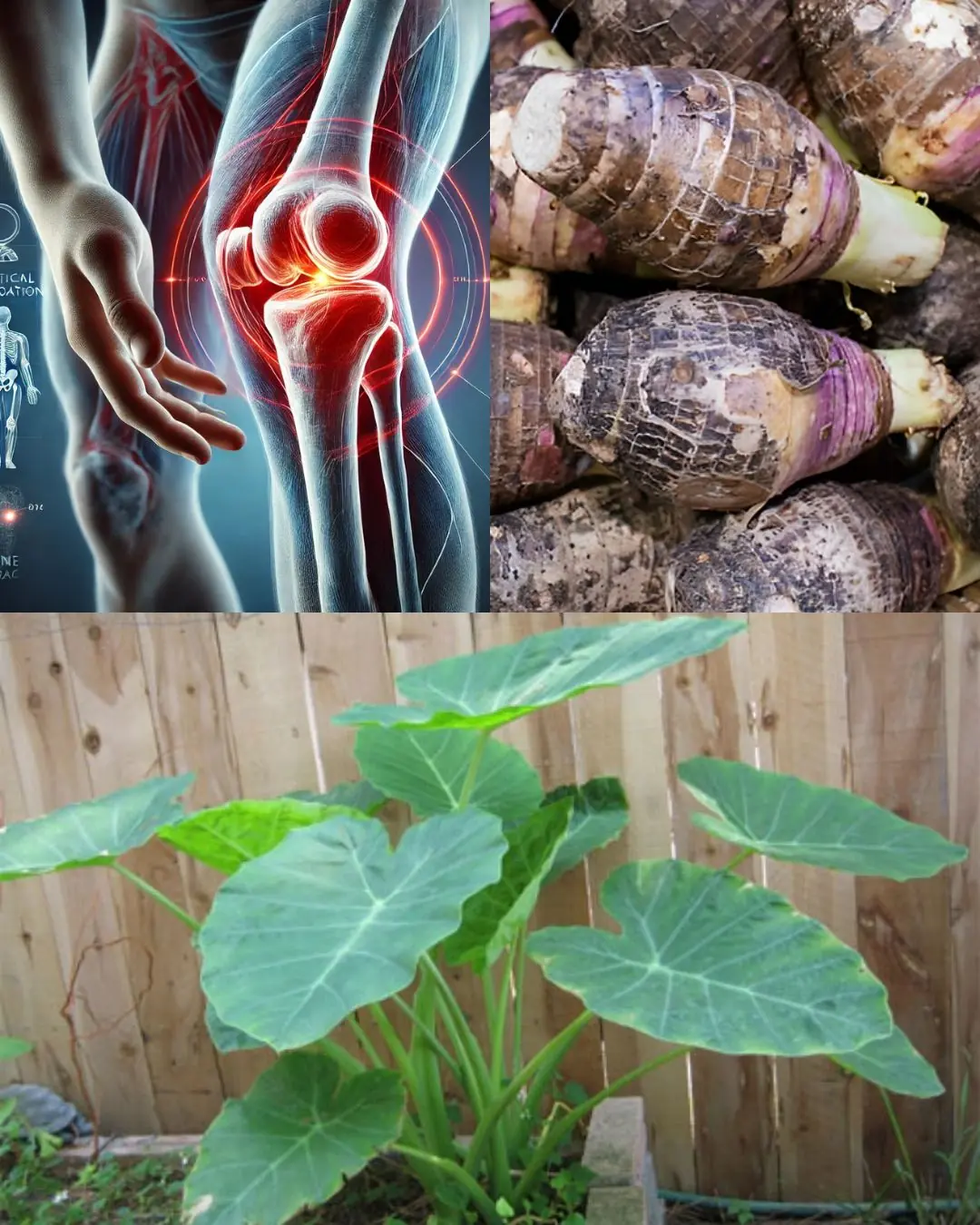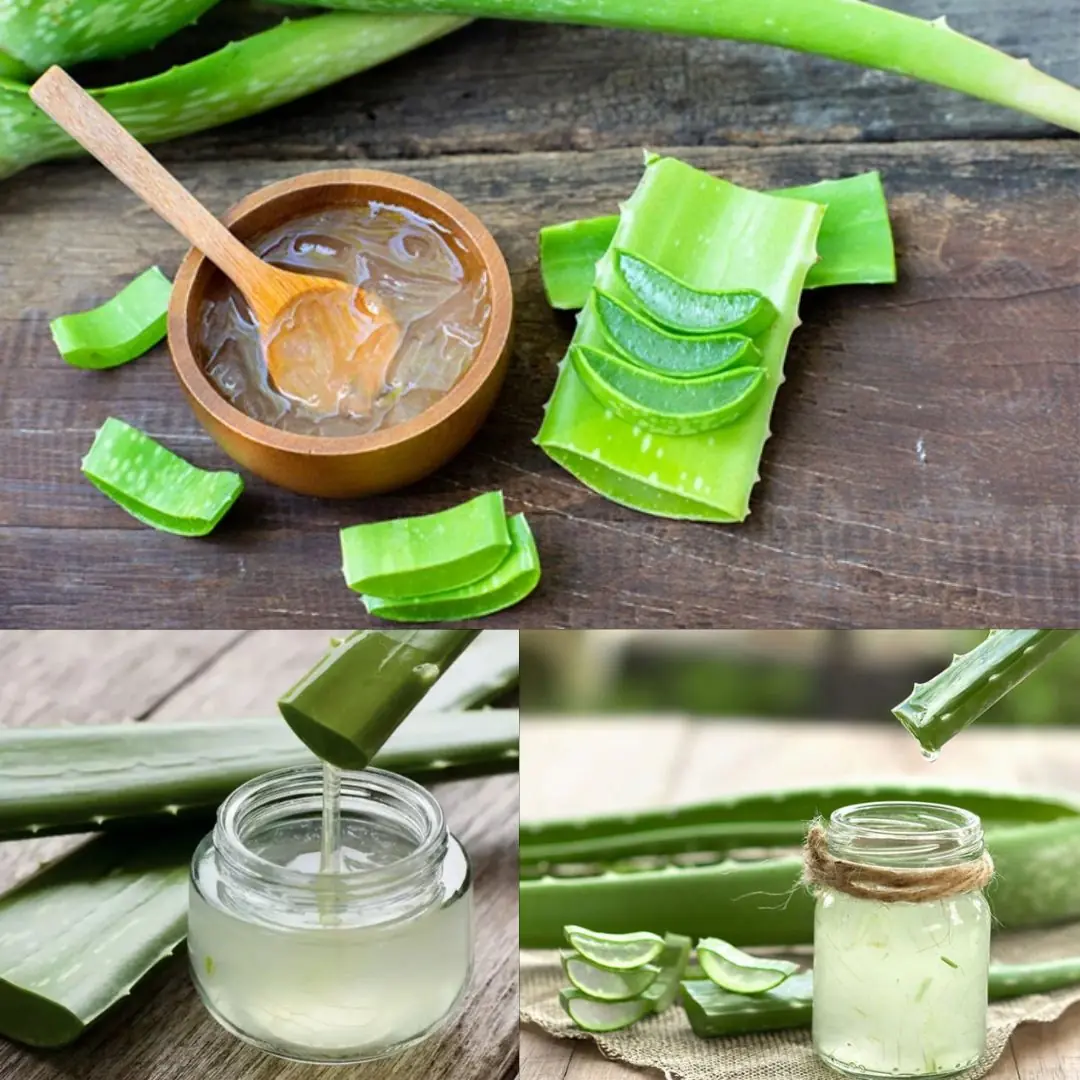
When pickling cucumbers, do not use boiled water that has been left to cool: Use this water to make the cucumbers crispy, delicious, and golden brown in just 1 night.

🥬 Vietnamese Pickled Mustard Greens (Dưa Cải Chua) – A Traditional Homemade Recipe
Pickled mustard greens, known in Vietnamese as “dưa cải chua”, are a beloved side dish found on countless family tables across Vietnam. Their tangy flavor and crisp texture pair perfectly with rich, savory dishes, balancing out strong flavors and adding a refreshing crunch. However, making perfectly golden, crunchy, and flavorful pickles isn’t always easy.
Let’s learn how to make traditional Vietnamese pickled mustard greens with simple, easy-to-follow steps!
🌿 Ingredients

Main ingredients:
-
Green mustard greens (cải bẹ xanh)
-
Salt
-
Shallots and scallion heads
-
Rice-rinsing water (the water from washing rice)
-
A clean glass jar for pickling
Seasonings:
-
Coarse salt (sea salt preferred)
-
Sugar
-
Vinegar (optional, for extra tanginess)
🧂 Preparation Steps
-
Clean the vegetables:
Remove any yellow or wilted leaves (do not keep them — they can cause the pickles to spoil or develop an unpleasant smell). -
Rinse carefully:
Gently wash each leaf under running water to remove dirt and prevent bruising. -
Cut and soak:
Cut the greens into 3–4 cm pieces. Soak them in a light saltwater solution for about 1 hour. This helps remove bitterness and makes the pickles crispier. -
Drain thoroughly:
Take the mustard greens out and let them dry for 20–30 minutes until no surface moisture remains. -
Prepare the pickling liquid:
While waiting, prepare rice-rinsing water (from the first or second rinse of uncooked rice). Do not boil this water — just let it cool down to room temperature.
In a clean bowl, mix:-
1 liter rice-rinsing water
-
20 g salt
-
30 g sugar
Add a small splash of vinegar if you like a more tangy flavor.
-
-
Sterilize the jar:
Wash the glass jar thoroughly, rinse with hot water, and let it dry completely. You can use a clean bamboo lattice or small bowl to press down the vegetables during pickling. -
Combine everything:
Place the mustard greens into the jar along with shallots and scallion heads. Pour in the pickling liquid until it fully covers the vegetables.
If necessary, weigh them down with a clean plate or object so they remain submerged — this prevents spoilage and mold formation. -
Ferment:
Seal the jar tightly and store it in a cool, airy place. After about 2 days, the pickles should turn a beautiful golden color and develop a pleasant sour aroma — they’re now ready to enjoy!
⚠️ Important Notes
-
Adjusting flavor:
If the pickles taste too sour or salty, rinse them lightly with clean water and squeeze gently before using. -
Eat moderately:
Pickled mustard greens contain oxalic acid and calcium, which can contribute to kidney stones if eaten excessively. Enjoy them in moderation. -
Avoid under-fermented pickles:
Unripe (still green) pickles may contain nitrites, which can cause food poisoning and other health issues if consumed too early. Always wait until they turn yellow and smell pleasantly sour. -
Health precautions:
Because of their saltiness and acidity, pickles should be eaten sparingly by people with high blood pressure or stomach sensitivity.
🥗 Variations on Pickled Vegetables

Besides pickled mustard greens, you can try these other traditional Vietnamese pickles:
🥬 1. Pickled Cabbage (Dưa Bắp Cải)
Ingredients:
-
2 kg white cabbage
-
1 carrot
-
A small bunch of celery
-
A handful of Vietnamese coriander (rau răm)
-
1 liter boiled water (cooled)
-
20 g sugar
-
60 g salt
-
2 tsp vinegar
Method:
Separate the cabbage leaves and slice them thinly. Julienne the carrot and cut the celery into 5 cm pieces. Chop the coriander into 1 cm lengths.
Mix all vegetables together in a large bowl.
Dissolve salt, sugar, and vinegar in water, then pour this liquid into a clean glass jar filled with the vegetable mix.
Press them down and let ferment for about 1 day.
The result: crunchy, refreshing pickles that pair wonderfully with braised meat, fried dishes, or grilled foods, adding brightness and balance to rich flavors.
🥕 2. Pickled Daikon (Dưa Cải Củ)
Ingredients:
-
1 kg daikon radish
-
1 liter warm boiled water
-
20 g sugar
-
60 g salt
-
A few scallions
-
2 tsp vinegar or half a lemon
Preparation:
Peel and slice the daikon into thin pieces. Separate the leaves and stems, cutting them into 3–4 cm lengths.
Lay everything out under sunlight for half a day until slightly wilted, then rinse again and drain.
Pickling liquid:
Mix warm water with salt, sugar, and vinegar or lemon juice. Stir until dissolved — the taste should be mildly salty and slightly sour, like soup seasoning.
Pickling:
Combine daikon and scallions in a clean glass jar, pour the brine in until it covers the vegetables, and press them down.
After 2–3 days, the daikon should turn golden yellow and smell pleasantly sour — ready to serve!
Result:
Crunchy, slightly salty, and subtly sweet daikon pickles are a perfect side for rice meals, grilled pork, or even in Vietnamese banh mi sandwiches.
💡 Helpful Tips
-
Choosing good daikon:
Pick medium-sized daikons that taper slightly at the tail. Fresh ones with bright skin, firm texture, and attached roots will give the best crunch. -
Storage:
Keep your pickles in the refrigerator once they reach the desired sourness to slow fermentation. They stay tasty for up to a week. -
Serving ideas:
Pair your pickled greens with boiled pork belly, fried fish, or braised dishes for an authentic Vietnamese home meal. You can also stir-fry leftover pickles with garlic and chili for a flavorful side dish!
🌟 Final Thoughts
Making Vietnamese pickled mustard greens at home is simple, inexpensive, and rewarding. With just a few ingredients and a bit of patience, you can create a delicious, naturally fermented dish that adds brightness to any meal.
Enjoy your crispy, golden pickles — and remember, homemade pickles always taste better because they’re made with care and love.
News in the same category


Turning on the air conditioner at night at 28 degrees Celsius, thinking it would save electricity, turned out to be a mistake: This is the appropriate level, should be fixed immediately.

Washing machines accumulate a lot of dirt and bacteria: Pour this bowl into the washing machine to clean it like new and have fresh smelling clothes immediately.

Lemon Seeds Can Save a Snakebite Victim Within Just One Minute If Used This Way

Why Keeping A Lemon In Your Bedroom Is A Great Idea

Put salt in your toilet. Here's why. This is something plumbers will never tell you

When Checking Out of a Hotel, Don’t Fold the Bedding—Not Knowing This Will Only Cause Trouble

Pour Beer into Table Salt to Solve Many Household Problems – Wish I Knew This Trick Sooner!

If you have this plant in your garden, don’t cut it down – it’s incredibly valuable!

The water pipe is clogged, do this way to solve it easily, no need to call a plumber

Cut soap and mix with sugar and put it in the corner of the house: Mosquitoes will fly black, the whole house will be clean and fragrant, everyone will like it

Should toilet paper be thrown in the toilet or the trash: Seems simple but not everyone knows the correct answer

Gas stove users should know what to do with just a toothpick: It can help reduce gas bills a year

11 ways to save electricity that seem right but are actually completely wrong, making next month's bill higher than the previous month's

6 things mice are very afraid of, just put them in the house and the mice will run away

Put a handful of salt in the refrigerator: A golden use that every home needs

5 tips to keep your bathroom smelling fresh all week without having to clean it

How to clean air conditioner at home simply, clean and shiny: No need to waste money calling a technician

Put a drop of essential oil on clothes while soaking: "Special" use, not everyone knows how to apply it
News Post

The general director found out that the cleaning lady was fluent in nine languages and immediately offered her a new position.

How to deodorize bathroom and toilet extremely effectively

Turning on the air conditioner at night at 28 degrees Celsius, thinking it would save electricity, turned out to be a mistake: This is the appropriate level, should be fixed immediately.

Washing machines accumulate a lot of dirt and bacteria: Pour this bowl into the washing machine to clean it like new and have fresh smelling clothes immediately.

Here’s the secret why everyone puts avocados on the fire!

Taro Root: The Ancient Superfood Transforming Health and Sustainability

Canker Sores Are The Absolute WORST…Here’s How To Get Rid of Them Fast!

U.S. Life Expectancy Lags Behind Other Wealthy English-Speaking Nations — The Contributing Factors

5+ Things Your Feet Can Reveal About Your Health (That You Shouldn’t Ignore)

The Aloe Vera Gel Is Not the Only One Very Useful

The 1,300-Year-Old Loaves That Brought the Words “I Am the Bread of Life” to Life

Student, 21, died just days after getting what they thought was ‘fresher’s flu’ as family issue warning

Grieving Mother Bear Hunts Wolves in Chilling Act of Revenge

The Stray and the Green Triceratops: A Toy That Became a Lifeline

Thrown Away, Yet Still Breathing: The Heartbreaking Rescue of a Puppy Named Kiss
The Dog Who Carried a Toy—and Found a Family’s Love

How to Use Hà Thủ Ô to Promote Hair Growth and Give You Dark, Smooth Hair

A Fruit Called the “Best of the 21st Century” — Grown in Many Vietnamese Gardens, Yet Rarely Eaten
